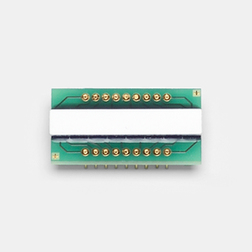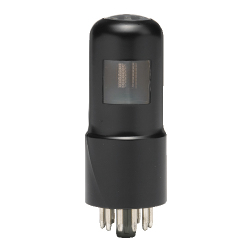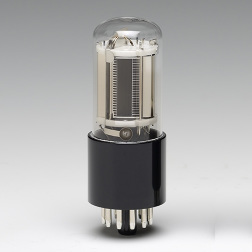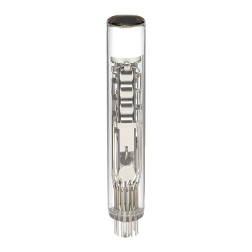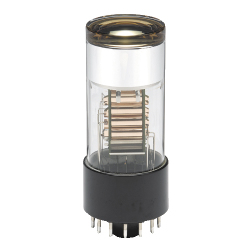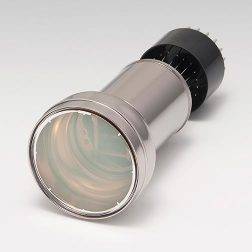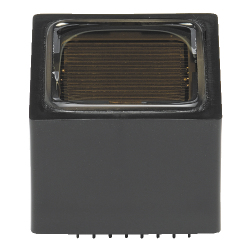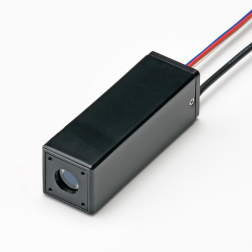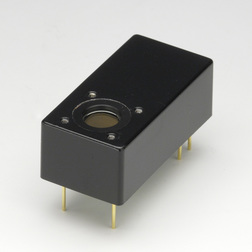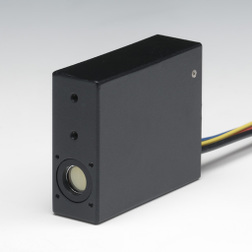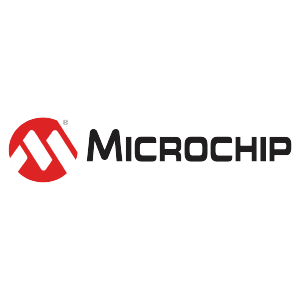Signal processing is a crucial component in today’s electronic devices and systems. Whether in communication equipment, medical instruments, or industrial automation systems, precise amplification and processing of weak signals are essential. The programmable gain transimpedance amplifier (TIA) has emerged as a key component in signal processing, offering precise amplification solutions for a wide range of applications. This article delves into the working principle, advantages, and applications of programmable gain TIA in signal processing.
What is a Programmable Gain TIA?
A transimpedance amplifier (TIA) is an amplifier that converts current signals into voltage signals. It is commonly used in applications where weak current signals need to be amplified, such as in photodetectors, sensors, and other related fields. A programmable gain TIA builds upon the traditional TIA by adding a gain adjustment feature, allowing users to dynamically adjust the amplification factor according to specific needs, thus achieving precise amplification of signals with varying amplitudes.
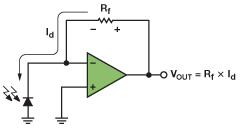
Working Principle of Programmable Gain TIA
The core feature of a programmable gain TIA lies in its gain control mechanism. Through built-in digital or analog control interfaces, users can dynamically adjust the amplifier’s gain based on the amplitude of the input signal and the desired output signal range. This flexibility enables programmable gain TIAs to adapt to various application scenarios.
- Current-to-Voltage Conversion: The fundamental function of a TIA is to convert input current signals into voltage signals. Its gain is determined by the feedback resistor, and the gain formula is Vout=Iin×RfV_{out} = I_{in} \times R_fVout=Iin×Rf, where VoutV_{out}Vout is the output voltage, IinI_{in}Iin is the input current, and RfR_fRf is the feedback resistor.
- Gain Adjustment: In a programmable gain TIA, the feedback resistor RfR_fRf can be adjusted through digital or analog control. Common implementations include using digital potentiometers, switched capacitor arrays, or multiplexers to select different feedback resistor values.
- Noise and Bandwidth Optimization: Programmable gain TIAs often integrate noise suppression and bandwidth optimization techniques to ensure that even at high gain settings, low noise levels and wide bandwidth are maintained.
Advantages of Programmable Gain TIA
- Flexibility: The greatest advantage of a programmable gain TIA is its flexibility. Users can adjust the gain based on specific application needs, allowing the system to accommodate input signals of varying amplitudes.
- High Precision: Through precise gain control, a programmable gain TIA can achieve high-accuracy amplification of weak signals, ensuring the accuracy of signal processing.
- High Integration: Modern programmable gain TIAs often integrate various functions such as automatic gain control (AGC), low-noise design, and wide bandwidth support, reducing the need for external components and simplifying system design.
- Strong Adaptability: Programmable gain TIAs are versatile and can be used in a variety of application scenarios, including photodetection, sensor interfaces, medical instruments, and communication devices.
Applications of Programmable Gain TIA in Signal Processing
- Photodetection: In photodetectors, light signals are converted into weak current signals. A programmable gain TIA can precisely amplify these weak signals for applications such as optical communication, LiDAR, and spectroscopic analysis.
- Sensor Interfaces: Many sensors output weak current signals, such as temperature sensors, pressure sensors, and biosensors. A programmable gain TIA can amplify these signals to suitable levels for further processing.
- Medical Instruments: In medical devices, such as ECG (electrocardiogram) and EEG (electroencephalogram) equipment, programmable gain TIAs are used to amplify biological electrical signals, ensuring diagnostic accuracy.
- Communication Equipment: In optical and wireless communication systems, programmable gain TIAs are used to amplify weak received signals, enhancing communication quality and reliability.
Conclusion
As an advanced signal processing component, programmable gain TIA is providing precise amplification solutions across various applications. Its flexibility, high precision, and high integration make it an indispensable part of modern electronic systems. As technology continues to evolve, programmable gain TIAs will play an even more significant role in more fields, driving the further development of signal processing technologies.
By understanding the working principles, advantages, and applications of programmable gain TIA, you can better select and utilize this key component to deliver exceptional signal processing performance for your systems



